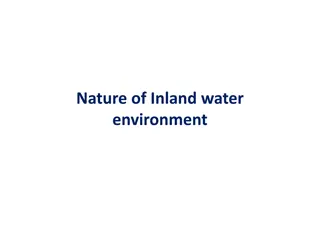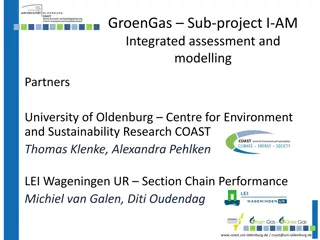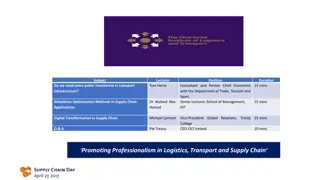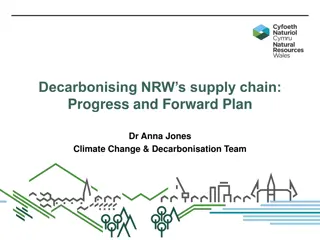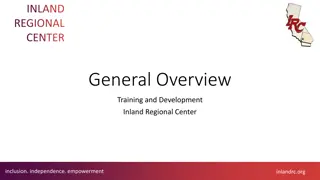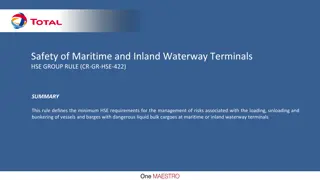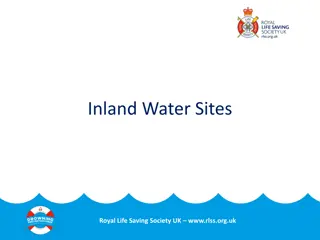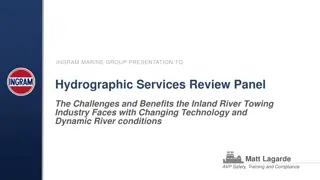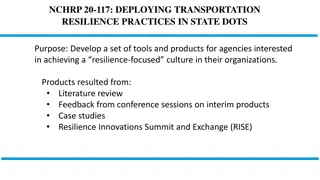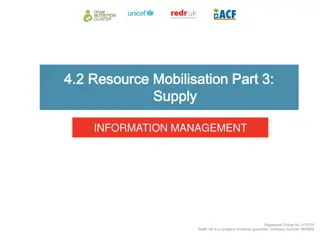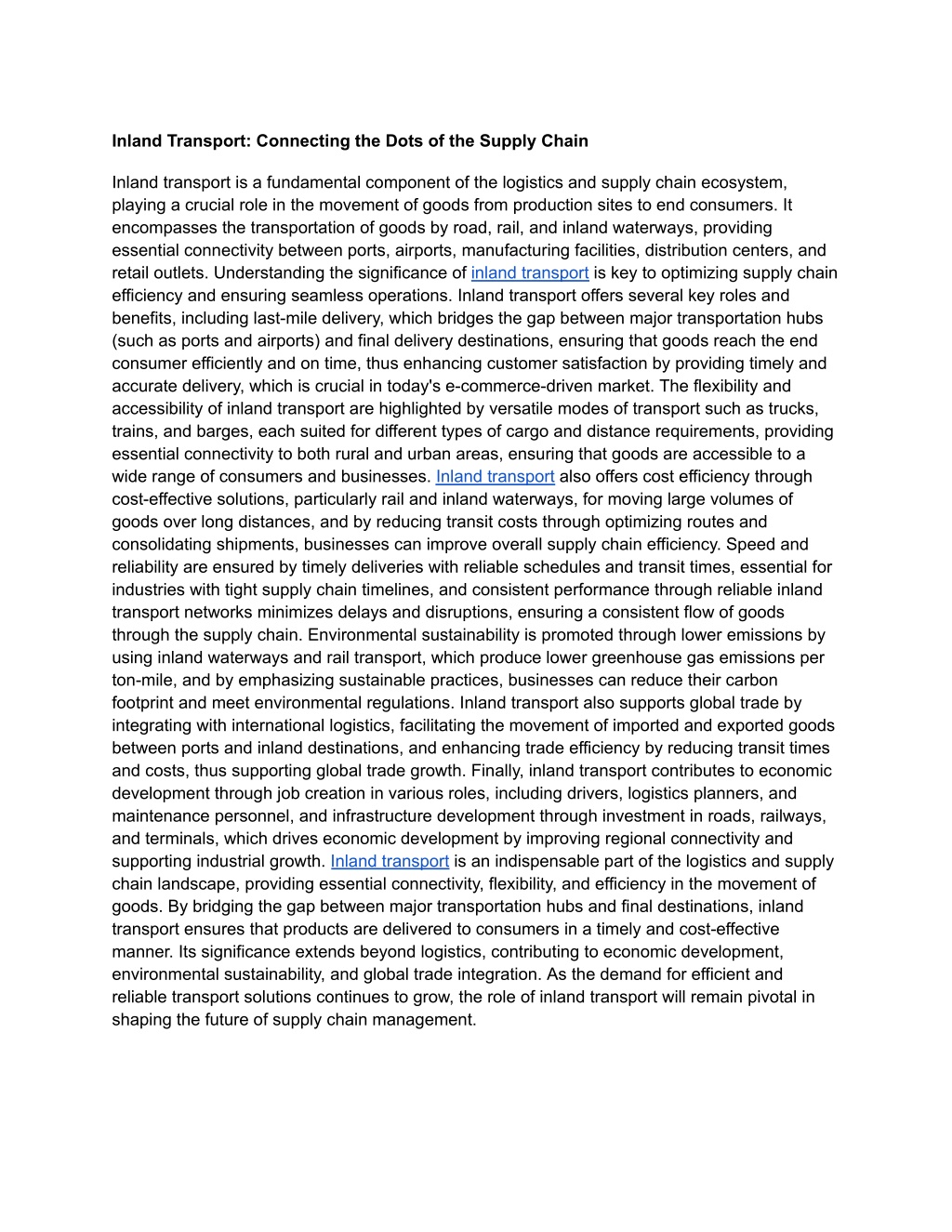
Inland Transport_ Connecting the Dots of the Supply Chain
Inland transport is a fundamental component of the logistics and supply chain ecosystem, playing a crucial role in the movement of goods from production sites to end consumers. Inland transport encompasses the transportation of goods by road, rail, a
Download Presentation

Please find below an Image/Link to download the presentation.
The content on the website is provided AS IS for your information and personal use only. It may not be sold, licensed, or shared on other websites without obtaining consent from the author. Download presentation by click this link. If you encounter any issues during the download, it is possible that the publisher has removed the file from their server.
E N D
Presentation Transcript
Inland Transport: Connecting the Dots of the Supply Chain Inland transport is a fundamental component of the logistics and supply chain ecosystem, playing a crucial role in the movement of goods from production sites to end consumers. It encompasses the transportation of goods by road, rail, and inland waterways, providing essential connectivity between ports, airports, manufacturing facilities, distribution centers, and retail outlets. Understanding the significance of inland transport is key to optimizing supply chain efficiency and ensuring seamless operations. Inland transport offers several key roles and benefits, including last-mile delivery, which bridges the gap between major transportation hubs (such as ports and airports) and final delivery destinations, ensuring that goods reach the end consumer efficiently and on time, thus enhancing customer satisfaction by providing timely and accurate delivery, which is crucial in today's e-commerce-driven market. The flexibility and accessibility of inland transport are highlighted by versatile modes of transport such as trucks, trains, and barges, each suited for different types of cargo and distance requirements, providing essential connectivity to both rural and urban areas, ensuring that goods are accessible to a wide range of consumers and businesses. Inland transport also offers cost efficiency through cost-effective solutions, particularly rail and inland waterways, for moving large volumes of goods over long distances, and by reducing transit costs through optimizing routes and consolidating shipments, businesses can improve overall supply chain efficiency. Speed and reliability are ensured by timely deliveries with reliable schedules and transit times, essential for industries with tight supply chain timelines, and consistent performance through reliable inland transport networks minimizes delays and disruptions, ensuring a consistent flow of goods through the supply chain. Environmental sustainability is promoted through lower emissions by using inland waterways and rail transport, which produce lower greenhouse gas emissions per ton-mile, and by emphasizing sustainable practices, businesses can reduce their carbon footprint and meet environmental regulations. Inland transport also supports global trade by integrating with international logistics, facilitating the movement of imported and exported goods between ports and inland destinations, and enhancing trade efficiency by reducing transit times and costs, thus supporting global trade growth. Finally, inland transport contributes to economic development through job creation in various roles, including drivers, logistics planners, and maintenance personnel, and infrastructure development through investment in roads, railways, and terminals, which drives economic development by improving regional connectivity and supporting industrial growth. Inland transport is an indispensable part of the logistics and supply chain landscape, providing essential connectivity, flexibility, and efficiency in the movement of goods. By bridging the gap between major transportation hubs and final destinations, inland transport ensures that products are delivered to consumers in a timely and cost-effective manner. Its significance extends beyond logistics, contributing to economic development, environmental sustainability, and global trade integration. As the demand for efficient and reliable transport solutions continues to grow, the role of inland transport will remain pivotal in shaping the future of supply chain management.








